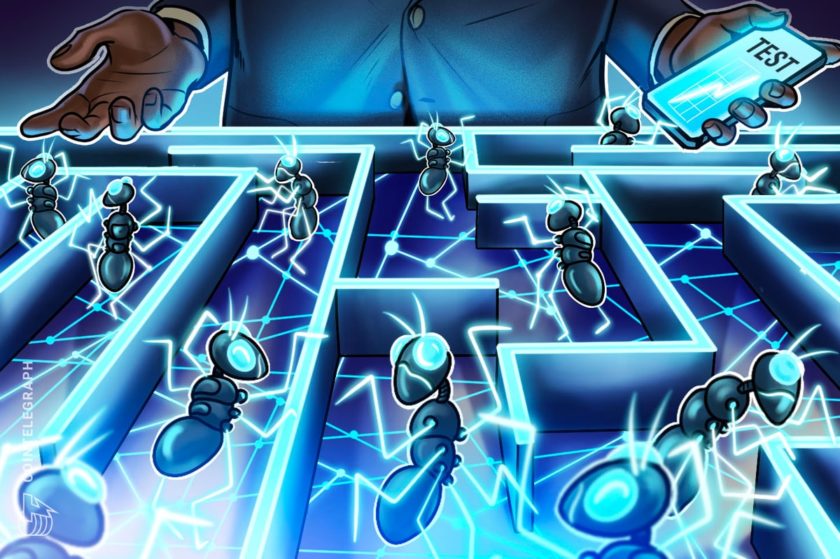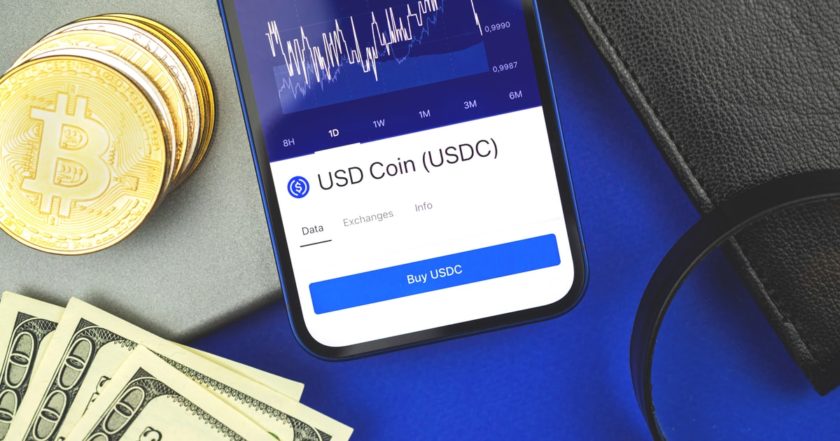Goerli and Sepolia are operated by a smaller subset of “validators” than the main Ethereum chain, and some developers think these smaller validator sets pose a problem: “We don’t want to hit a scaling issue that could happen first on mainnet,” Parithosh Jayanthi, a devops engineer at the Ethereum Foundation, a non-profit focused on Ethereum research and development, told CoinDesk. “We want to catch [scaling issues] on testnet, which means we have to have a testnet that’s bigger” than the main Ethereum chain.
Hello Holesky, Ethereum’s Newest Testnet



